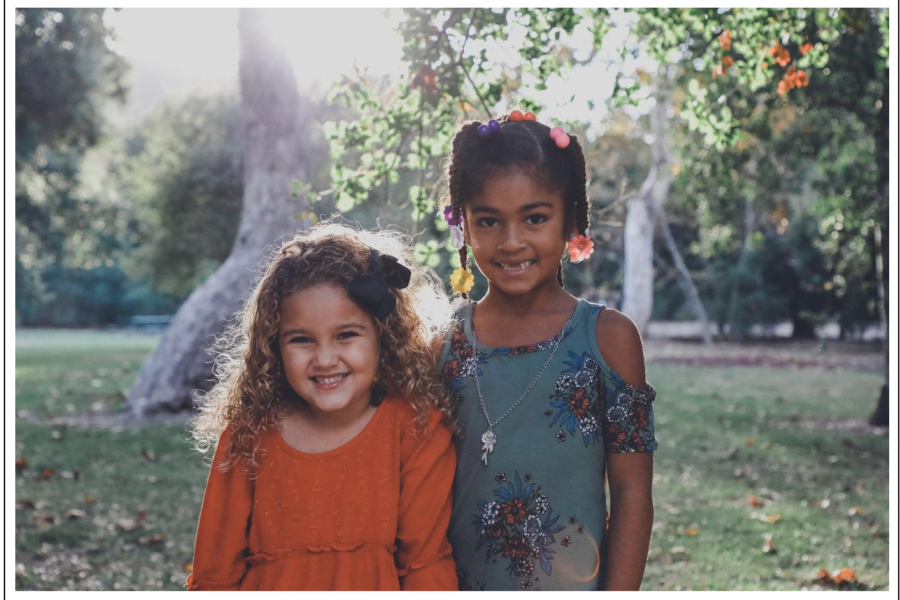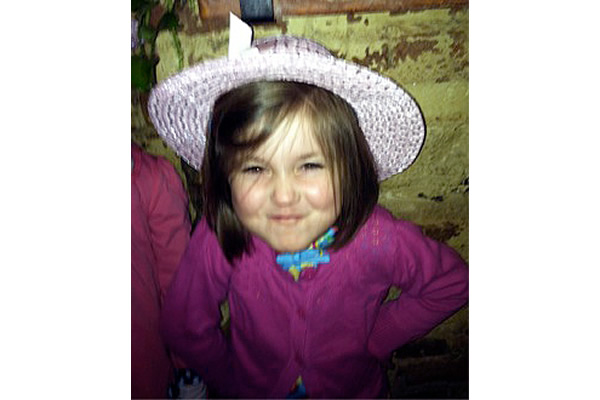
Racism isn’t something any person is born with. It’s something that is taught. Unfortunately, it is often taught by actions, rather than words. We live in a society where it’s easy for kids to learn about racism very early on, so it’s important to be honest and open about what it is, what it means, and how the next generation can shape the future and drive out racism.
It’s not uncommon for parents and educators alike to gently skirt questions about racism that come from kids. That’s understandable. After all, it isn’t exactly a pleasant subject to talk about.
However, if you aren’t taking the time to educate kids about what racism is and how it can be stopped, they’re going to learn about it from someone else, or somewhere else. That could lead them down a dangerous path that perpetuates a harmful cycle. Most non-white families don’t have that luxury, since they may have to talk to their kids about things like discrimination and even potential dangers when they’re very young.
With that in mind, kids of every race must understand the history and impact of racism in our country. So, how can you educate them about it, even from an early age?
A Broad History
If you’re stuck on where to start talking with kids about racism, a history lesson may be in order. It’s impossible to cover the complete history of how racism impacted our country in just one conversation. So, don’t be afraid to let your kids or students ask questions. Make it an ongoing exchange that they can openly discuss with you at any time.
But, you have to start somewhere, and it has to be from a place that is easy for children to understand. Prepare yourself before you have that initial conversation by:
- Practicing what you’re going to say.
- Controlling any of your own biases.
- Educating yourself.
A history lesson doesn’t have to be overwhelming or complicated. Use things like inclusive picture books or movies to talk about different characters of color. It’s a great gateway to opening up more conversations about why people are different, and what that means.
Much of the history of racism in this country is grim and hard to digest. So, choosing your words honestly but carefully is important. Everything from the international slave trade to slave treatment in America should be covered. While that can be tough for kids and adults alike to handle, you can transition into the Civil Rights movement and discuss Martin Luther King, Jr., as well as activists like Malcolm X. Talk about segregation in the 1950s and 1960s, and Jim Crow laws that kept African Americans from voting and even sitting with whites (using Rosa Parks is a great example).
You can even discuss the history of racism in this country that has bled over into modern day. For example, modern forms of Jim Crow laws still occur including:
- Felony disenfranchisement
- Racial gerrymandering
- Polling place requirements
By bringing some of the histories of racism into the modern age, you can show children that this is an ongoing problem. Racism isn’t “over”, and it’s something that still needs attention in our country.
Racism Today
Modern racism is, unfortunately, not hard to find and can be found everywhere. This could be what sparks your conversation in the first place. When kids see the Black Lives Matter movement in the media or the frustration of racial injustice in the country, they’re going to have questions. In 2020, the killing of George Floyd by a police officer reignited this movement. Even now, 74% of Americans believe that Floyd’s death is part of a bigger problem in the way police treat black people.
News headlines aside, the entertainment industry is still ripe with racism, too. The movies and television shows children watch, and the magazine covers they might see at the store can all be reflections of racism in the country. This is often called “white-washing”, and it’s been brought to light in recent years by individuals calling out Hollywood for not giving people of color fair opportunities. Several years ago, the #Oscarssowhite movement created a stir in the film industry as the award show didn’t acknowledge many people of color in their nominations.
Thankfully, the more these things are brought to light, the more equality can start to shine. Even the body positivity movement incorporates anti-racism in its foundation, focusing not only on bodies of different shapes and sizes but skin colors and backgrounds, too. It’s important because it shows the younger generation that beauty comes in every form. That’s essential for the mental health of our youth, and how they see themselves when they look at the mass media.
When kids do see themselves represented in our culture, they’re more likely to take charge and believe they can do anything, no matter their ethnic background or race. That is exactly how the future can be different.
How Kids Will Impact the Future
For racism to truly become a thing of the past, the next generation will need to stand up to hate. Thankfully, that’s something that can be taught from a very early age. Even toddlers can be taught acceptance and compassion. You can teach children about our differences, and how to accept and celebrate them, rather than teaching them to think they’re strange or that one is better than another.
Kids will also impact the future through their everyday actions against racism, including:
- Recognizing their privilege.
- Validating the experiences and feelings of others.
- Shutting down racist “jokes” or comments.
- Fighting oppression for everyone.
When you choose to teach kids about inclusion from an early age, they are less likely to see the differences in people as problematic. Rather, they can see them as something beautiful and unique about everyone. Even as kids get older, consider it your responsibility to make sure they’re doing things like reading diverse books, asking questions about what they’re seeing in the news, and having open conversations about circumstances in their own lives.
One of the reasons why racism is still so prominent today is that far too many people feel uncomfortable talking about it. It’s time to push past those awkward or tense feelings, and do your part to make sure future generations stand up to the injustices in our country.
Jori Hamilton is an experienced writer residing in the Northwestern U.S. She covers a wide range of subjects but takes a particular interest in covering topics related to child education and parenting. To learn more about Jori, you can follow her on Twitter and LinkedIn.



